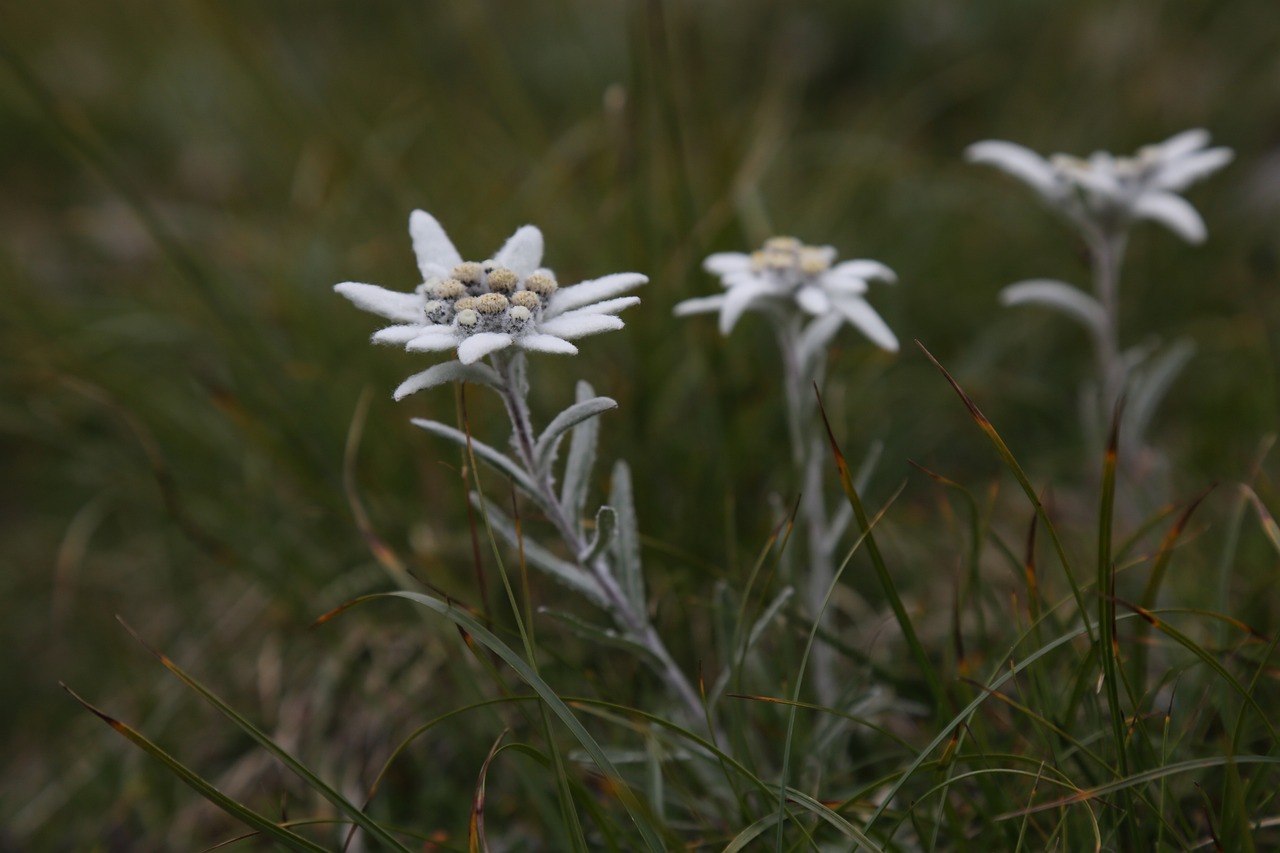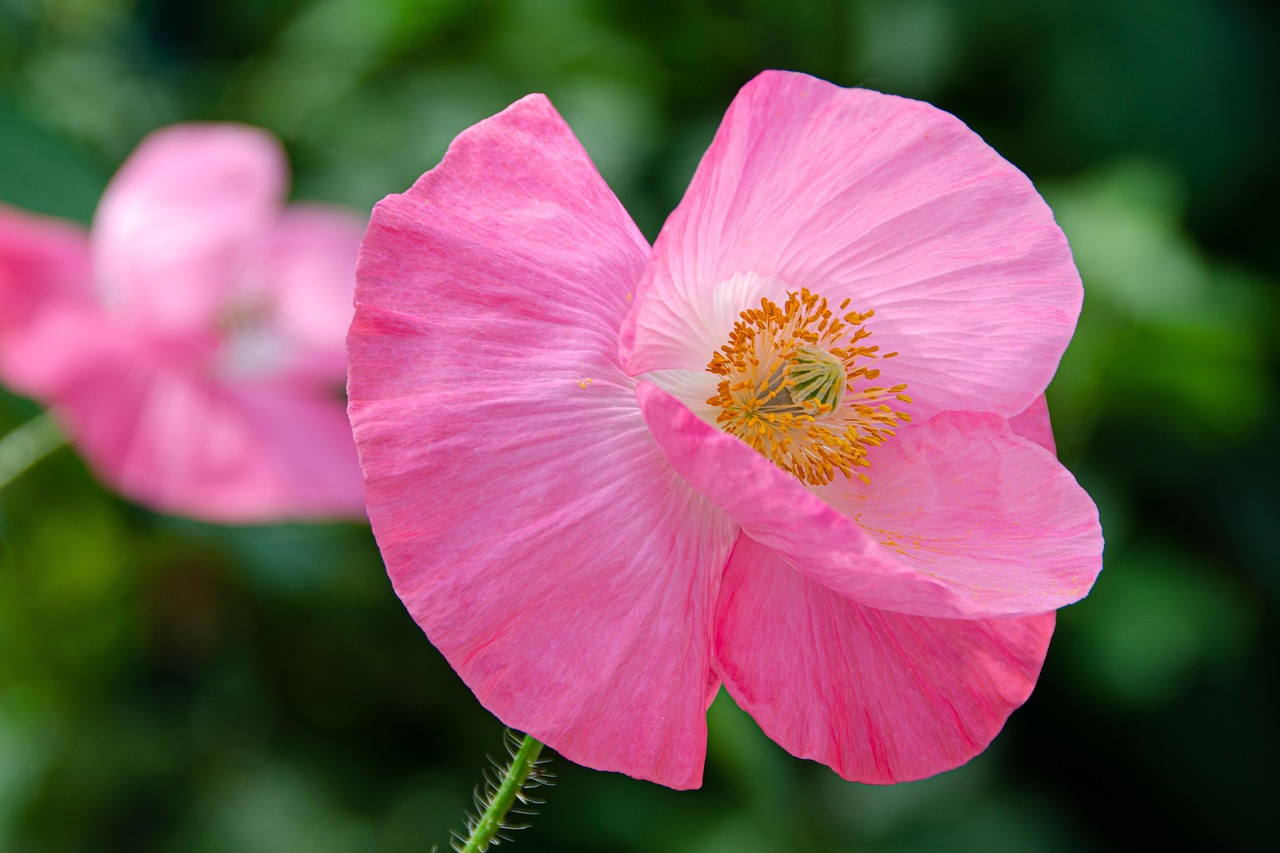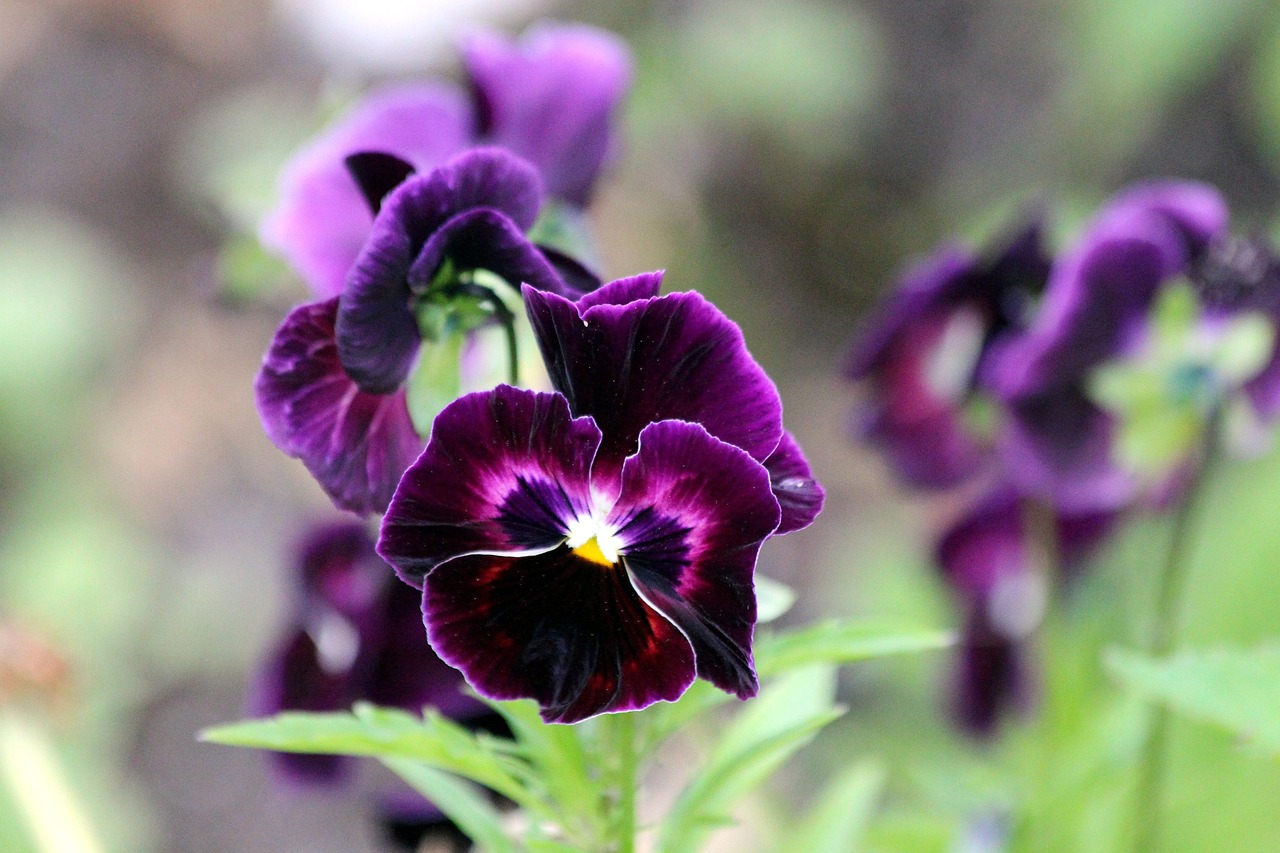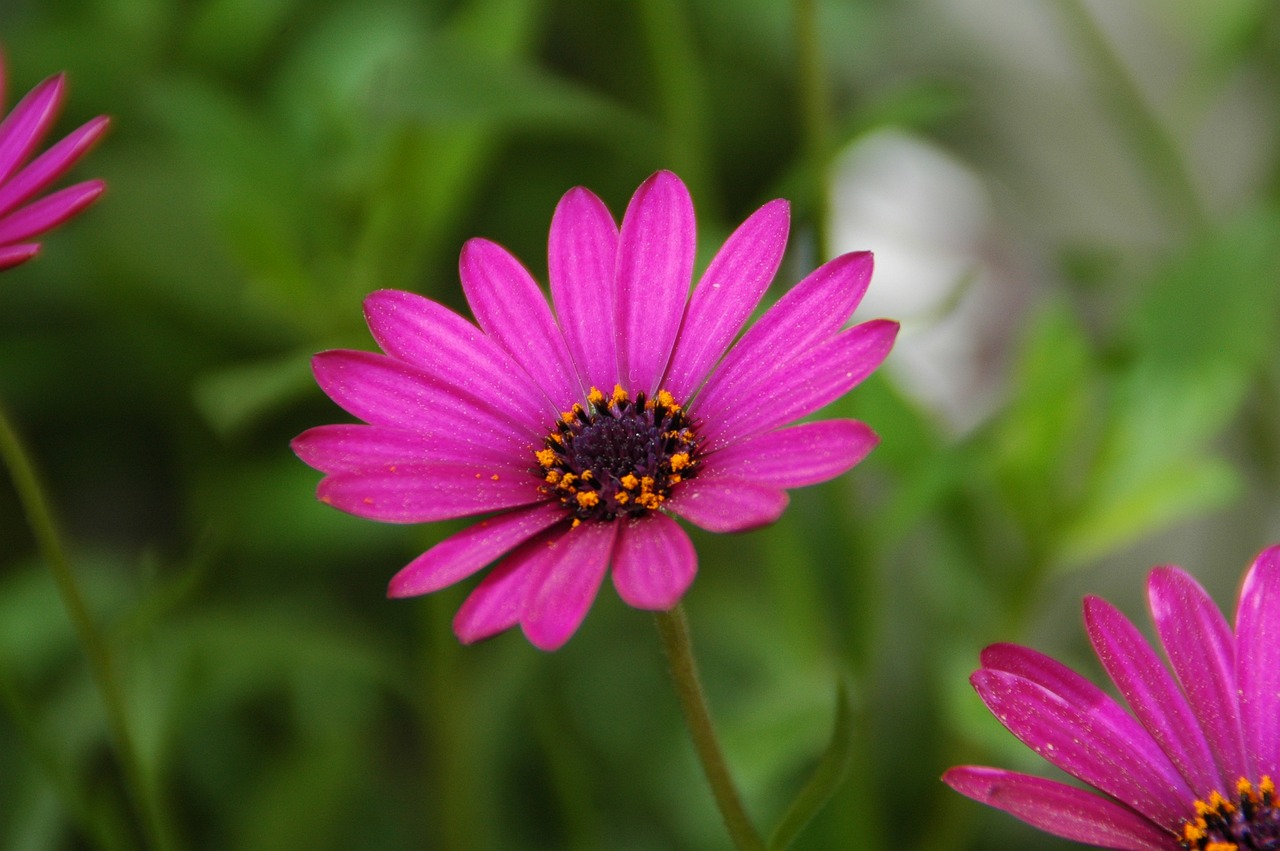Geum rivale | A Monastic Herb Blooming in Europe’s Wetlands and Prayers
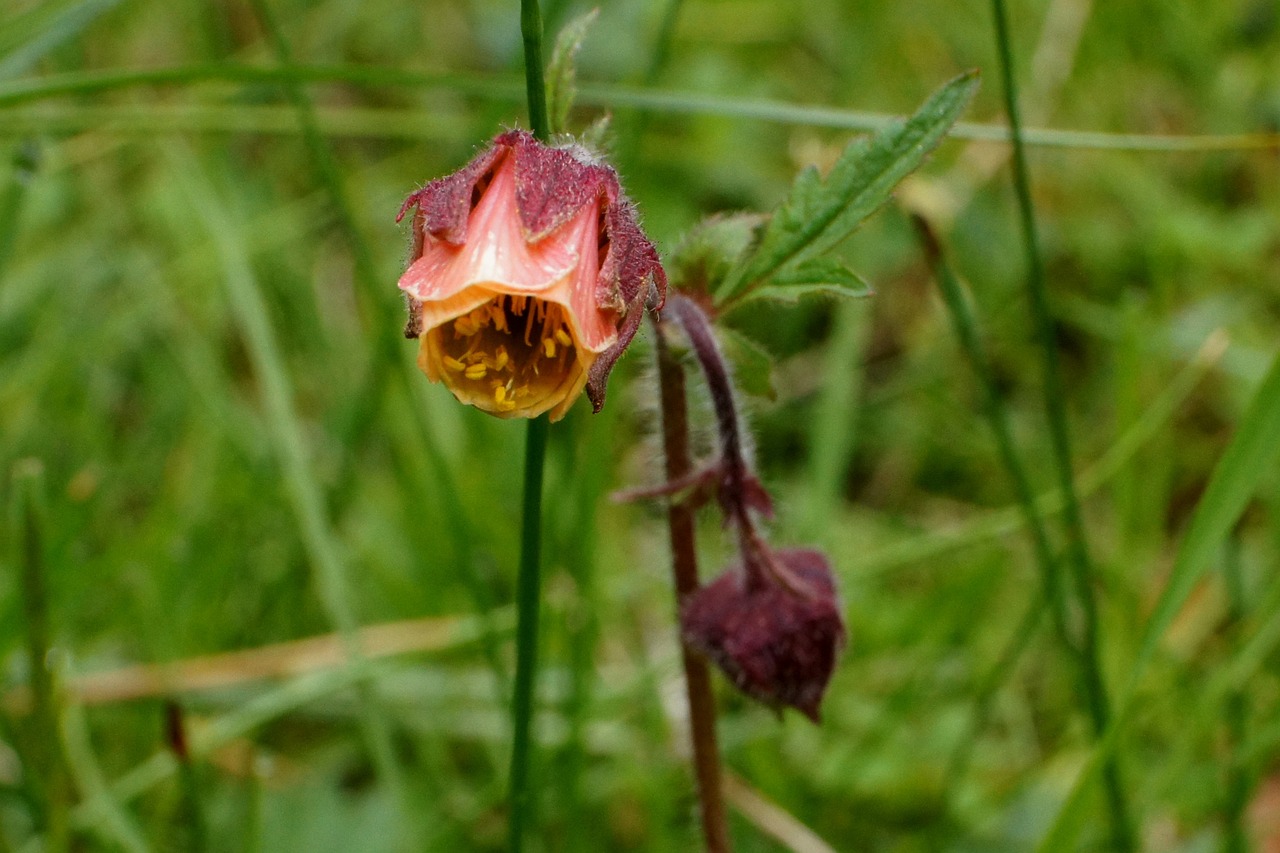
I introduce Geum rivale, a perennial plant of the Rosaceae family, distinguished by its slender stems and small, nodding flowers.
It grows naturally in wetlands and along rivers across Europe, and has long been cherished as a cultivated ornamental plant.
In this article, I will explain in detail the basic information, cultural background and history, as well as cultivation methods of Geum rivale.
Basic Information
- Scientific name: Geum rivale
- Family: Rosaceae
- Origin: Temperate regions from Europe to Western Asia
- Appearance: The flowers, about 2 cm in diameter, bloom in a bell-shaped, nodding form with delicate shades ranging from pale pink to purplish reddish-brown. The leaves spread out in a rosette at the base, while the slender branching stems grow to about 30–60 cm in height.
- Flowering period: Spring to early summer (April–June)
Cultural Features Around the World
In countries such as the United Kingdom, Scotland, and Germany, Geum rivale is used in natural gardens and wetland plantings, valued as a plant that harmonizes with the landscape.
During the Middle Ages in Europe, it was cultivated in monastery gardens and communal village lands for ornamental purposes, reflecting a culture that emphasized coexistence with nature.
In Scotland, it is recognized as a representative wetland plant and is often introduced in educational activities for environmental conservation.
Historical Anecdotes
The name rivale, derived from the Latin word for “riverbank,” reflects the plant’s long-standing association with wetlands and riversides in Europe.
In the 18th century, during the development of plant taxonomy, British naturalists left detailed observation records of this species.
Specimens are preserved at the Royal Society of London and the herbarium of the Royal Botanic Gardens, Kew.
From the 19th century onwards, with the rise of naturalistic gardens, Geum rivale was actively introduced as part of landscapes designed to evoke wetlands.
Gardening Advice
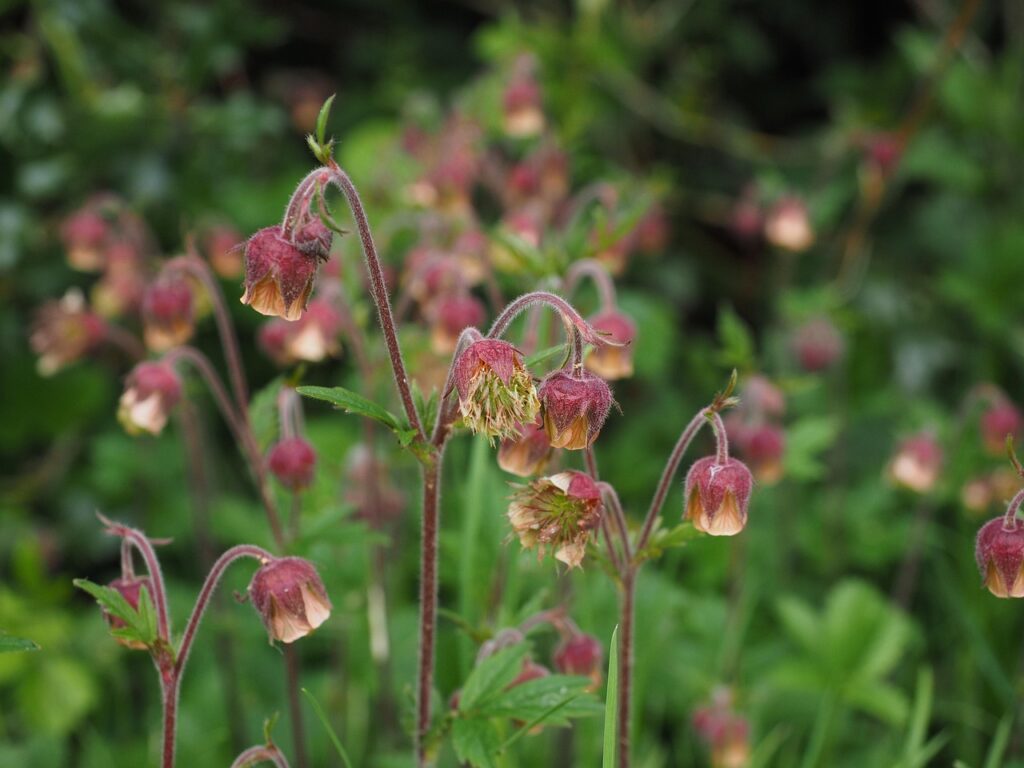
Geum rivale prefers moist environments, but with proper care it can also thrive in gardens. Please consider the following points:
Light
Prefers partial shade. Strong direct sunlight may cause leaf burn, so dappled shade is ideal.
Watering
Keep the soil consistently moist. During dry seasons, check in the morning and evening.
Soil
Moisture-retentive yet well-aerated soil is best. Use a wetland-oriented mix containing peat moss or leaf mold.
Fertilizer
Apply sparingly. A single application of slow-release organic fertilizer in early spring is sufficient. Over-fertilization may cause excessive growth.
Pruning
After flowering, cut back the stems to tidy the plant. Also remove dead leaves as needed.
Wintering
Hardy to cold climates, but potted plants should be kept in frost-free places. For plants in the ground, mulching around the roots provides good protection.
Conclusion
Geum rivale is a perennial plant native to wetlands and riverbanks in Europe, notable for its modest yet striking flowers.
Historically, it has been integrated into garden culture since the Middle Ages, especially in regions that value natural landscapes.
If cultivated with attention to its moisture-loving nature, it offers gentle seasonal beauty to be enjoyed throughout the year.

